Everything You Need to Know About the Rolex Land-Dweller
It's not often that Rolex drops a brand new collection, and there's a lot to say about the Land-Dweller.

Unless you’ve been living under a rock for the past two weeks, with no access to the outside world, you should be aware that Rolex has introduced a brand new collection named Land-Dweller. And that isn’t something that happens often at The Crown – the last time something truly new happened was the Sky-Dweller in 2012, as the Perpetual 1908 released in 2023 is more of a continuation of the Cellini line than a proper novelty. Last week, we looked into the details of its innovative escapement, the Dynapulse. But there’s still a lot to say about this collection, so here’s all you need to know about the Rolex Land-Dweller.
A brand new collection, but where is it positioned?
First, it is important to say that the Rolex Land-Dweller isn’t just a stand-alone watch, but has been presented as a collection of 10 references, in three different metals – Rolesor (steel and white gold), Everose gold and platinum – and two sizes – 36mm and 40mm. And, as we were confirmed by the brand, this is just the beginning; the Land-Dweller collection will grow, just like other emblematic collections have grown over the years. Expect new colours, different materials, and other dial patterns… But this watch is here to stay. I hardly see extensions of the collection with different complications for now. Rolex usually designs complications around a collection, and not the opposite. GMT for the GMT-Master II, chronograph for the Daytona, calendar and dual-time for the Sky-Dweller.
But where has Rolex positioned the new Land-Dweller, a watch with no specific complications other than a date, while there are already multiple other watches of this genre in the brand’s portfolio (and the first to come to mind is the Datejust)? The Land-Dweller is the latest addition to the Classic range. It isn’t part of the professional collection (which houses specialised sports watches like the Explorer or Submariner). As such, it will exist alongside the Datejust, the Day-Date, the Sky-Dweller and the Oyster Perpetual. And where it is positioned in this range is pretty clear – right between the Datejust and the Day-Date.
This is clear when looking at several attributes of these watches – price, complexity, and luxurious appeal. The Datejust watch can’t be ordered in solid gold, but only in steel or steel-and-gold combinations. The 41mm range of the Datejust tops at around EUR 18,000, and a classic steel version on a Jubilee bracelet with a fluted white gold bezel (as seen above) is currently priced at EUR 11,150. On the other side of the spectrum is the Day-Date, or the President’s watch, the brand’s most luxurious classic watch. The DD is only available in precious metals (yellow, rose or white gold, and platinum), with a current starting price of EUR 44,200. The model pictured above – white gold, fluted bezel, president bracelet – is priced at EUR 47,600.
Right in between the Datejust and the Day-Date is the Rolex Land-Dweller, which is available in steel with a white gold bezel, in full Everose gold or in platinum. Its price ranges from EUR 14,450 (steel/gold, 36mm) to EUR 118,050 (platinum, diamond bezel and dial, 40mm). The price difference with a Datejust can be explained by several things: a more complex case and bracelet construction, a more advanced movement with higher-end decoration and an innovative escapement, and a rather intricate dial.
The Return of Rolex to the integrated elegant sports watch
There are many important new features to highlight with the Rolex Land-Dweller. And besides what beats inside its case, the most obvious element is, without a doubt, its design. And let’s make things clear right from the beginning, with two essential claims: first, Rolex isn’t shy anymore about mentioning its past and even officially states that the Land-Dweller is inspired by vintage watches; second, Rolex returns to the integrated-style sports watch, but maybe a bit late in the game, as it seems that the party has been going on for a while now.
So, the first thing to discuss is the overall design and shape of the Rolex Land-Dweller, a watch that falls immediately in the elegant sports (or luxury sports) category with an integrated bracelet. And this isn’t new for the brand, as the LD feels like the direct descendant of the Datejust reference 1630, a watch that was made before the Oysterquartz was commercialised, and powered by an automatic movement. The story goes that it took Rolex more time than expected to develop its own quartz movement and thus decided to use the dedicated case and bracelet anyway, with available mechanical movements. I’ve explained the whole lineage in this article already, if you want to dive deeper into the topic.
The Land-Dweller has the characteristic design of the category, with a monobloc Oyster middle case that’s barrel-shaped, and without the traditional lugs seen on a Datejust. I’m mentioning this watch again as the Land-Dweller certainly feels like the integrated sister to the DJ, with more advanced technology. All in all, despite some major differences, the LD remains unmistakably a Rolex, a feeling reinforced by the presence of a fluted bezel. There are some details to mention regarding the finishing of the case, which is much more detailed than a traditional Rolex. The flat surfaces have a so-called technical satin finish, a more linear and pronounced matte decoration. It is combined with polished sides (classic) and polished chamfers running on the side of the case – a classic of the category, but not for Rolex.
All classic iterations of the Land-Dweller – which is available in Oystersteel, 18k Everose gold and 950 platinum – are equipped with the most Rolex of all design cues, the fluted bezel – in white gold on the steel version, and matching the rest of the case for the two others. When I first saw images of the watch, however, I couldn’t explain what felt different from a DJ or a DD… The bezel is narrower than these two, and yet, it feels more present visually. The answer lies in the number of flutes, as the Land-Dweller’s bezel has 60 flutes, versus 72 flutes on other watches. This might be my main reservation about the watch, and I’m curious to see what a Land-Dweller with a smooth bezel could look like (if that ever comes).
Let’s talk dimensions… The Land-Dweller is available in two sizes, the main one being a traditional 40mm edition. It is a relatively thin watch, at least according to Rolex standards, with a 9.70mm profile (vs. 12mm for a Datejust 41). Sure, other heavyweights of the genre are thinner, but this new Rolex has a thin middle case and visually looks thinner than expected. It is also fairly compact on the wrist, with a 46.5mm lug-to-lug. On my fairly small 16.5cm wrist, the 40mm looks nicely proportioned. There’s also a 36mm edition, considered a modern unisex option. Thickness is identical, but lug-to-lug drops to a compact 43.5mm. The weight of the watch is substantial in steel (as you’d expect from a Rolex) and becomes very noticeable in gold and platinum.
For the rest, we’re in classic Rolex territory: 100m water-resistance, finely fluted screwed caseback, Twinlock screw-down crown, flat sapphire crystal with AR coating and Cyclops lens over the date. What’s more surprising is the presence of a sapphire caseback on all references – Rolex is proud of its new calibre (it should be) and doesn’t reserve this feature to the top-of-the-range version, as it does with the Daytona.
All in all, the Rolex Land-Dweller is a beautifully executed watch, where attention to detail is undeniable. The fit and finish are excellent, even more than what you’ve been used to seeing on a Datejust or Day-Date – it’s all about the fine details. As for the design, I think there are positive and debatable aspects. I’m pleased by the middle case and bracelet (more on that later), maybe less by the bezel. It’ll take time to get used to it, and I might change my mind in a few months. Or after seeing the first evolutions of the collection. With Rolex, it’s like Porsche… Everything new feels awkward at first and then becomes familiar. But to me, this watch feels like a more casual, more contemporary version of the Datejust, more in line with the current trends and market expectations.
An intricate dial with innovations
Here, the Land-Dweller also has some stories to tell. It’s no surprise anymore to say that Rolex has ramped up its dial-making expertise in recent years, bringing smoked dials, laser-etched patterns, solid ceramic dials, but also more traditional techniques such as stone dials, guilloché patterns or even cloisonné enamel. And although the LD doesn’t feature such métiers d’art techniques, the dial involves intricate processes.
The dial of the Land-Dweller boasts a complex honeycomb motif, with hexagonal cells in a repeated pattern, combined with recessed lines – we all know that such textured dials are a feature of the elegant sports watch category. The honeycomb structure is executed in a high-tech way, using a femtosecond laser, which is also used to etch the delicate lines in the grooves between each cell. Look closely and you’ll see that these grooves are not smooth but have a laser-etched, concentric circular motif, adding to the complex look of this dial. The logo, name of the watch and chronometer mention are all placed in framed cartouches – possibly not the best-looking element, but I also think that without them, the whole watch would have looked even stranger…
What puzzles me a bit with this dial is not the pattern itself, which is rather appealing. It’s not the most subtle, yet it could have been perfectly fine alone. What I’m more concerned about is the combination of this pattern with the large flutes on the bezel, adding another layer of texture. There’s a lot going on on the front side of the Land-Dweller. My other concern is the colour. For a launch model, the choice of “intense white” feels conservative, at least for the Rolesor model. The ice blue dial of the platinum version is more striking. But as I said about the case, my opinion will certainly evolve over time, once I get used to seeing this watch more often.
Another distinctive element of the Land-Dweller, yet reminiscent of the old reference 1630, is the presence of an angled inner flange with a pad-printed minutes track graduated to the half-second. This is a move away from Rolex’s usual style, and there’s no classic inner metal réhaut anymore (where the serial number is normally engraved – instead, it is now on the caseback). The rest of the dial also feels novel, yet connects with some existing design cues. For instance, the applied 6 and 9 numerals are inspired by those of the Explorer and Air-King models, except that these are open at their centre, for a modern touch. The rest of the hour markers appear at first to be classic lumed batons…
However, Rolex introduces a new construction, for which a patent application was filed. The hour markers are open-ended, and inside them is a solid luminescent material that can be machined. The luminescent material thus extends the full length of the index, with a substance that’s harder than the one typically used by Rolex, but which delivers the same luminescent performance and blue emission. Time is indicated by straight baton hands, coated with the same luminescent material as the open 6 and 9 numerals. The seconds hand features a counterweight shaped like the cells of the honeycomb motif. On the platinum version, the latter is blue PVD-coated. On the versions with diamonds, the hands don’t feature lume.
Several variants of the dial are offered, depending on the material chosen for the case. The steel/white gold versions (127334 and 127234) have an intense white, matte-finished dial. Moving to the Everose gold models, you can opt for classic applied markers and a fluted bezel, or versions with applied diamond markers (no 6 and 9), with trapeze-cut diamonds on the bezel. Finally, the platinum editions have a sunray-brushed ice blue dial, and the same choices of either applied markers and fluted bezel, or diamonds on the dial and bezel.
The new Flat Jubilee bracelet
This year, Rolex isn’t launching one but two new bracelet styles, adding the elegant Settimo bracelet and the Flat Jubilee bracelet to the existing Oyster, Jubilee, President, Pearmaster and Oysterflex options. But is this Flat Jubilee bracelet really new? Design-wise, this is debatable as it shares a lot with the bracelet found on the Datejust 1630 Automatic and later Oysterquartz Datejust models. Construction-wise, that’s another story.
This is a reinterpretation of the emblematic Jubilee bracelet launched in 1945, together with the Datejust – this once again reinforces the idea that the Land-Dweller is a modern evolution of the DJ… As such, it retains the classic 5-link structure with narrow mid-links and larger, tapering external links. The central links are, however, flat and slightly raised in relation to the outer links, and these are polished. The external links rely on the same technical satin finish as the case – more linear, more pronounced – and feature polished edges and appealing polished chamfers, to create continuity with the finishing of the case. The bracelet flows nicely with the edges of the case to create a seamless integration, as you’d expect from this category of watches.
The construction of the bracelet itself is once again linked to a patent application, this time for its connection with the case. As you can see, the lug width is extremely narrow – 8.90mm or 9.40mm, depending on the size of the case – and to avoid stress and premature wear, the short spring bars are inserted inside ceramic tubes and ceramic inserts are found inside the first link. Ceramic inserts are also found inside the links of the Everose and platinum editions, which is not new to Rolex.
The bracelet is closed by an elegant concealed folding Crownclasp, which contributes to the consistency of the design. The clasp is entirely invisible, except for the raised coronet used to unlock it. While the visual appeal is undeniable, there is a flip side to the coin, as there is no micro-adjustment system on the clasp of the Flat Jubilee bracelet, which is not different from the President bracelet of a Day-Date. That being said, the links are short and should ensure a relatively precise length adjustment. And as a more subjective note, the overall execution of the bracelet and clasp is quite impressive, and marks a step up in refinement compared to a standard Jubilee bracelet.
The Calibre 7135 and the Dynapulse escapement
Probably one of the most important elements of the Rolex Land-Dweller has to be its movement, the calibre 7135, and its innovative, unprecedented escapement, the Dynapulse. We have been going in-depth on this topic here, so I certainly encourage you to have a read for the fine details.
What we’re looking at here is an evolution of the thin calibre 7140 found in the Perpetual 1908 collection, modified with a novel typology of escapement and a high-frequency regulating organ – a first for Rolex, which didn’t use the 5Hz capacity of the El Primero on its 1980s Daytona Automatic. As for the basic architecture of the movement, we are in known territory, sharing major similarities with the 7140. This means a relatively thin movement (around 4.6mm, vs. around 6.1mm for a standard calibre 3235) with a central bidirectional rotor and a single barrel, delivering 66 hours of power reserve. And this is where the new Dynapulse escapement comes into the equation, being Rolex’s brand-new species of escapement.
As we explained in our in-depth story, Dynapulse, despite having two escape wheels, is not a natural escapement. It is a sequential distribution escapement with an impulse rocker, with seven patent applications, entirely devoted to efficiency. This is why, despite beating at 5Hz and not 4Hz, it doesn’t consume more energy than an already optimised Chronergy escapement, as found in most modern Rolex watches. It is, altogether, about 30% more efficient than a traditional Swiss lever escapement. It is composed of a transmission wheel (in short, the fourth wheel) that engages with two distribution wheels, which in turn activate the impulse rocker, which then connects with the oscillator. Frictions are drastically reduced, and the power reserve is maintained.
But there’s more, such as a new oscillator, composed of a ceramic balance staff (again patented), which brings efficiency (low friction), durability and anti-magnetism. Then, the balance wheel itself is made from optimised brass, a special alloy used for the first time by Rolex, which is also resistant to strong magnetic fields. Finally, there are optimised high-performance Paraflex shock absorbers that cushion the ceramic balance staff, and a silicon Syloxi hairspring with reshaped coils, which are now thicker to confer greater rigidity and greater power, a necessity to cope with the 5Hz frequency. The watch is, of course, Superlative Chronometer rated after encasing with an accuracy of -2/+2 seconds/day.
The movement itself, visible in plain sight under the sapphire caseback, is like the calibre 7140 of the Perpetual 1908, finished in a surprising way for Rolex. There’s indeed a step up in decoration compared to the classic movements of the 32xx generation. This is evident with the Rolex Côtes de Genève, which differ from traditional ones by the addition of a thin polished groove between each band. There are also polished chamfers on the bridges and gold chatons around some of the jewels.
Availability, Price and Competition
The Rolex Land-Dweller collection is said to be available immediately. Of course, in typical Rolex fashion, this doesn’t mean you can easily get one from your authorised dealer, especially since the Land-Dweller is the new hot item on the menu. A steel Land-Dweller 40 will be, without a doubt, subject to a waiting list.
As for the price list, the Land-Dweller collection starts at EUR 14,450 for a 36mm model in Oystersteel and fluted white gold bezel (reference 127234) and EUR 15,350 for the same version in 40mm (reference 127334). Gold models are priced in the mid-40k euros, and platinum models start at about 60k euros – see price list below. As said, the Land-Dweller is positioned above the regular Datejust in terms of price, but also of exclusivity and watchmaking content.
Does its price feel justified? Well, 15,000 euros for a steel time-and-date watch is a lot of money, no debate. It is also rather more expensive than traditional time-and-date steel Rolex models, with an approximate 4,000-euros premium compared to a 41mm Datejust with a white gold fluted bezel and Jubilee bracelet. Yet, after looking at everything Rolex has put into this watch, I’m confident in saying that the price rise is legitimate. You get a whole lot of a watch, a whole lot of a movement and an impressive level of quality for your money, at least, considering the competition, internal or external. The Land-Dweller plays in a slightly higher category than a Datejust, whether we look at the calibre and its innovations, or the attention to detail throughout the entire watch (case, dial, bracelet…) Would I pay the 4K-euro extra? In all fairness, I believe it is justified. The escapement alone is groundbreaking and accounts for quite a bit of the price difference.
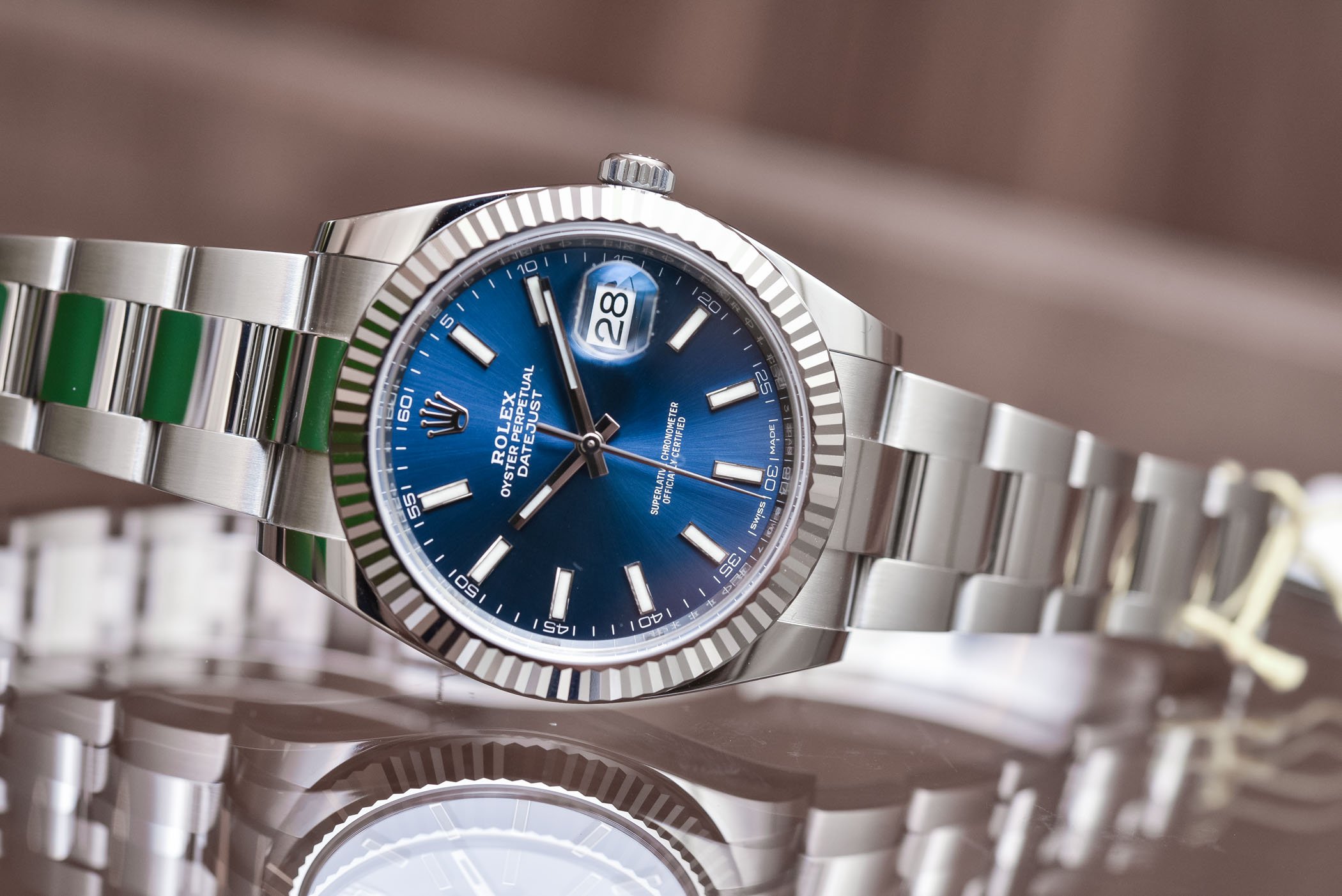
But what about the competitive environment? It seems that Rolex has moved up one step, with many of its steel watches priced between 10k and 15k euros (Submariner, GMT-Master, Datejust, Explorer II and more). Omega, for instance, is positioned below, in the 6 to 10k range for most of its classic models. Rolex is now in a spot where not many other brands are present. Other luxury giants (PP, VC, AP) are way above, Omega and Cartier are below. It’s an interesting move to avoid too much competition.
As for the Land-Dweller, it has to be positioned in the luxury sports or elegant-sports category of watches with integrated bracelets. Surprisingly, if we look at the chart in this article (with prices that are not up to date), you’ll find a lot of watches in lower ranges, and a lot in higher ranges. What can you get now between approximately 10k and 20k euros? A Zenith Defy Skyline 41mm, for instance, retails for EUR 9,400. It has a 5Hz frequency and an in-house movement, but feels a bit below in terms of the overall execution of the case and bracelet. Next would be a Girard-Perregaux Laureato 38mm or 41mm, with prices that start at EUR 15,100. While it’s a nice watch, there’s a gap here regarding the technical content.
We can also mention the Chopard Alpine Eagle 41mm, a watch priced at EUR 15,900. It comes with solid credentials, a nicely executed case, dial and bracelet and an in-house chronometer movement, which is technically not on par with Rolex, to be fair. To compete with the technical advantage of the Rolex, one would have to look for the Cadence 8HF version, which starts at EUR 23,700, but in titanium. The Bulgari Octo Finissimo Automatic S, a watch with a much thinner case in steel, is also worth considering, with a price of EUR 15,000. Finally, a recent introduction, we need to mention the IWC Ingenieur Automatic 40, which might have a simpler movement but is beautifully finished and retails for EUR 12,700 in steel.
Perhaps, the best (or worst, depending on how you look at it) competitor to the Land-Dweller has to be searched internally, with the Datejust 41… What is certain is that Rolex is, objectively, delivering an impressive watch here, technically speaking. The design is something purely subjective, and I’m not here to tell you to like it or not. I’m not entirely sure yet, and I’ll have to digest the new effect before making my own, personal judgment. What’s certain is that I’m curious to see how this collection will evolve. Because it will!
For more details, please visit rolex.com.








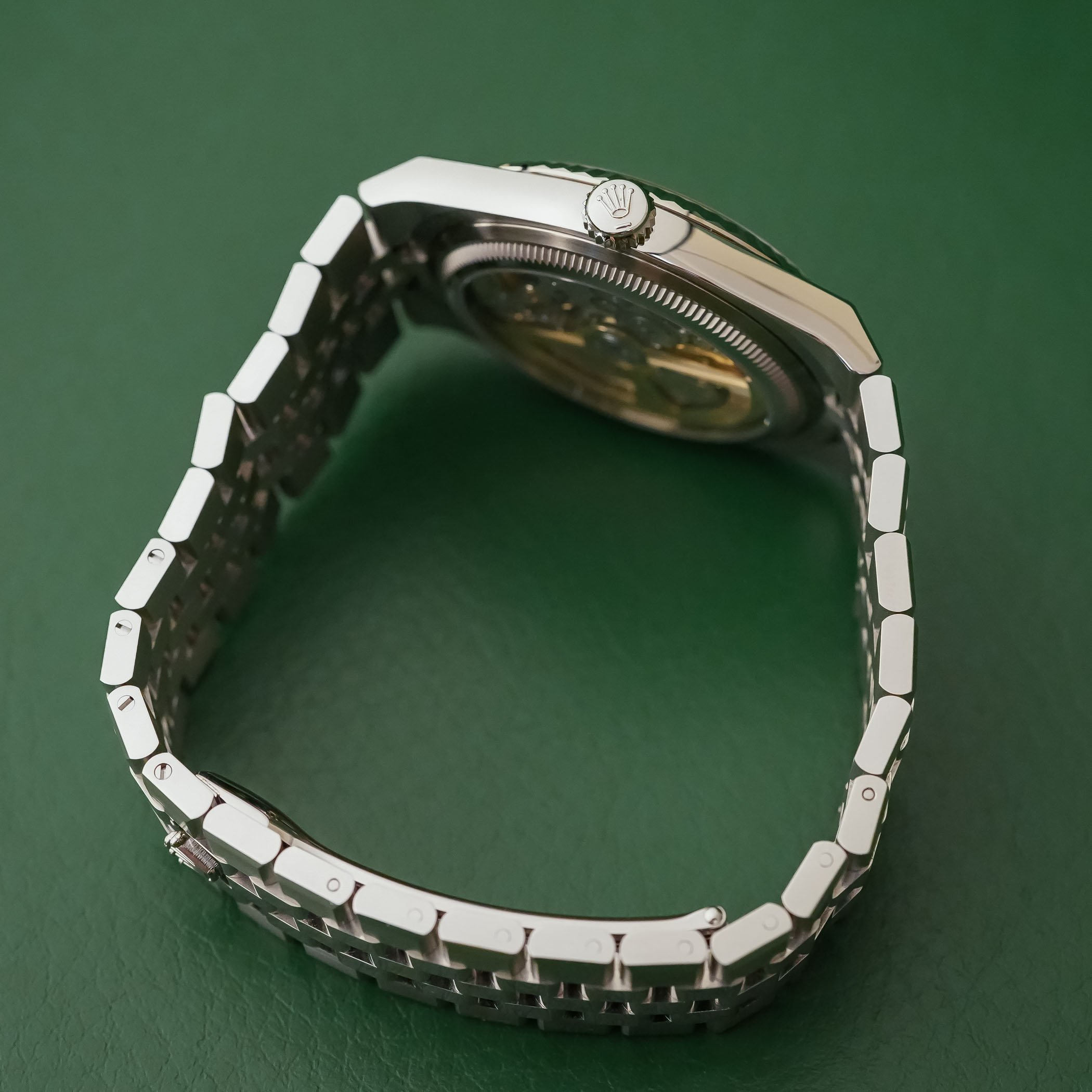


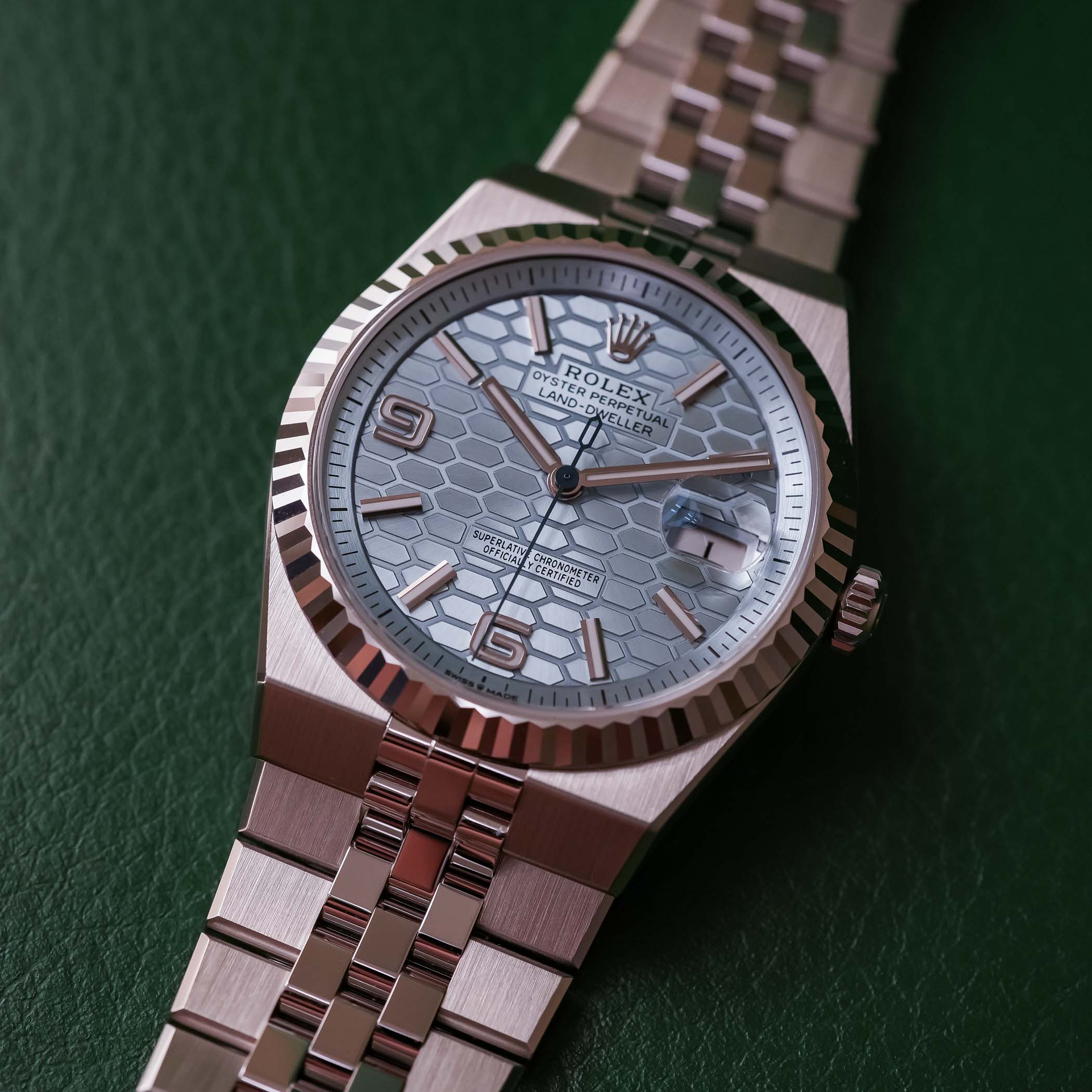
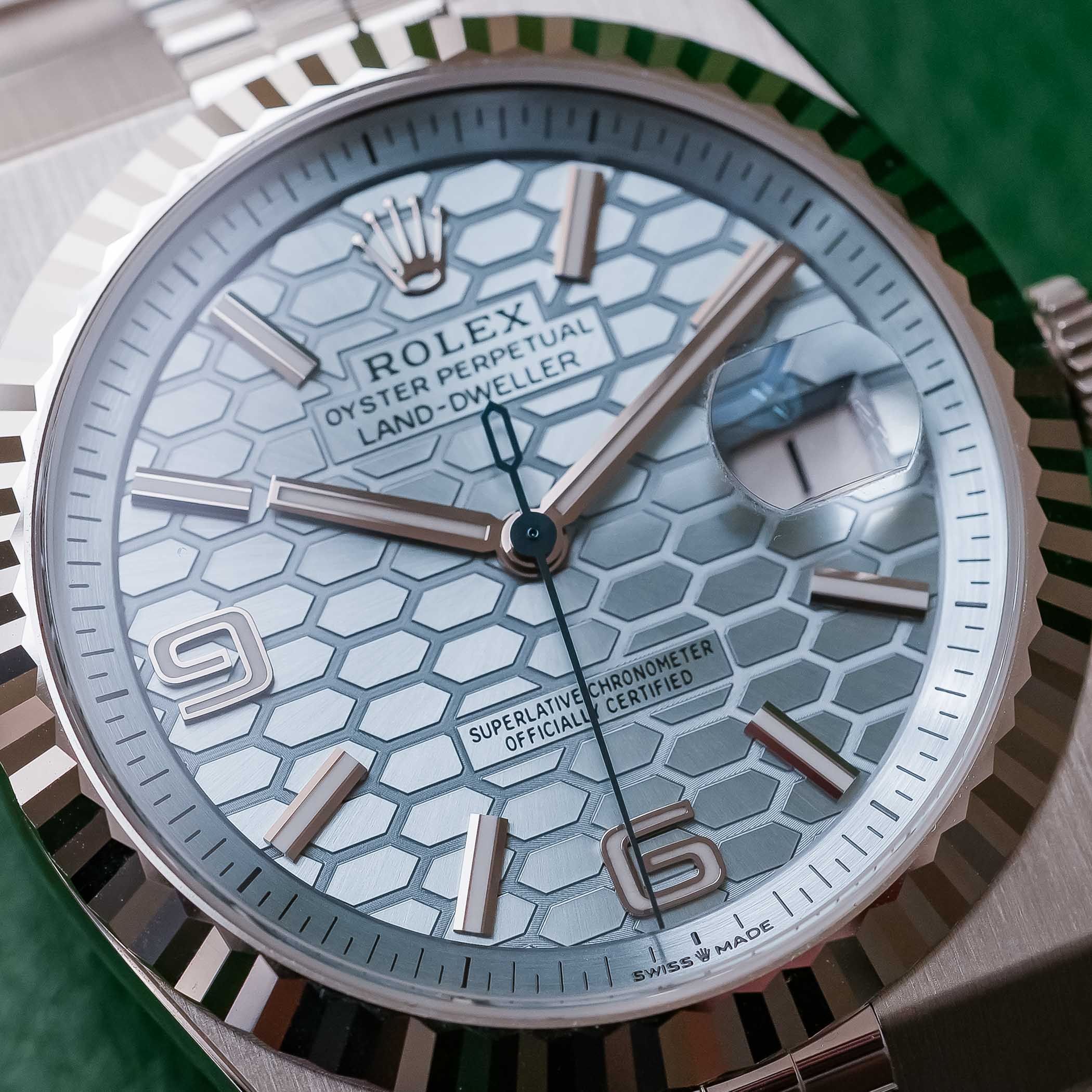
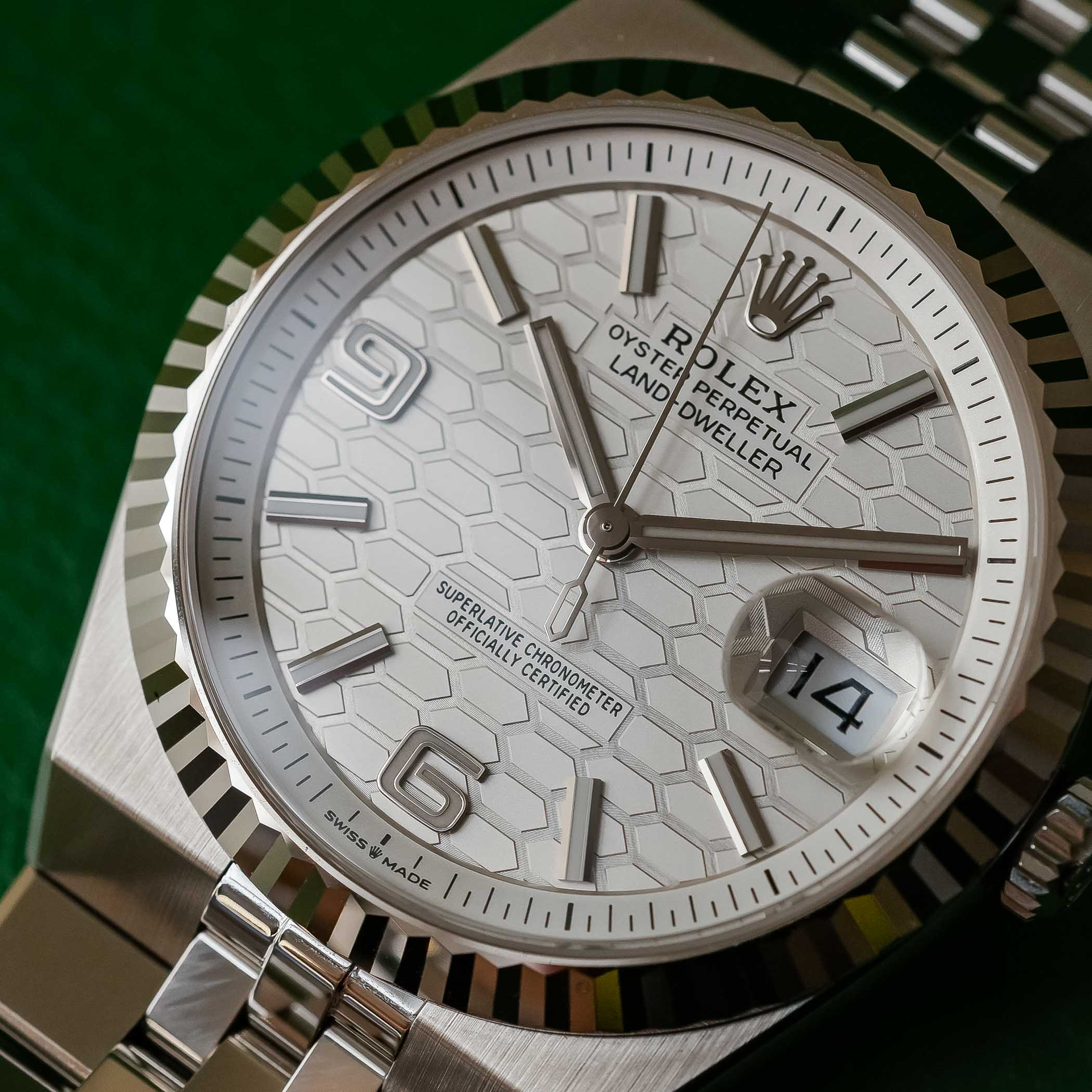
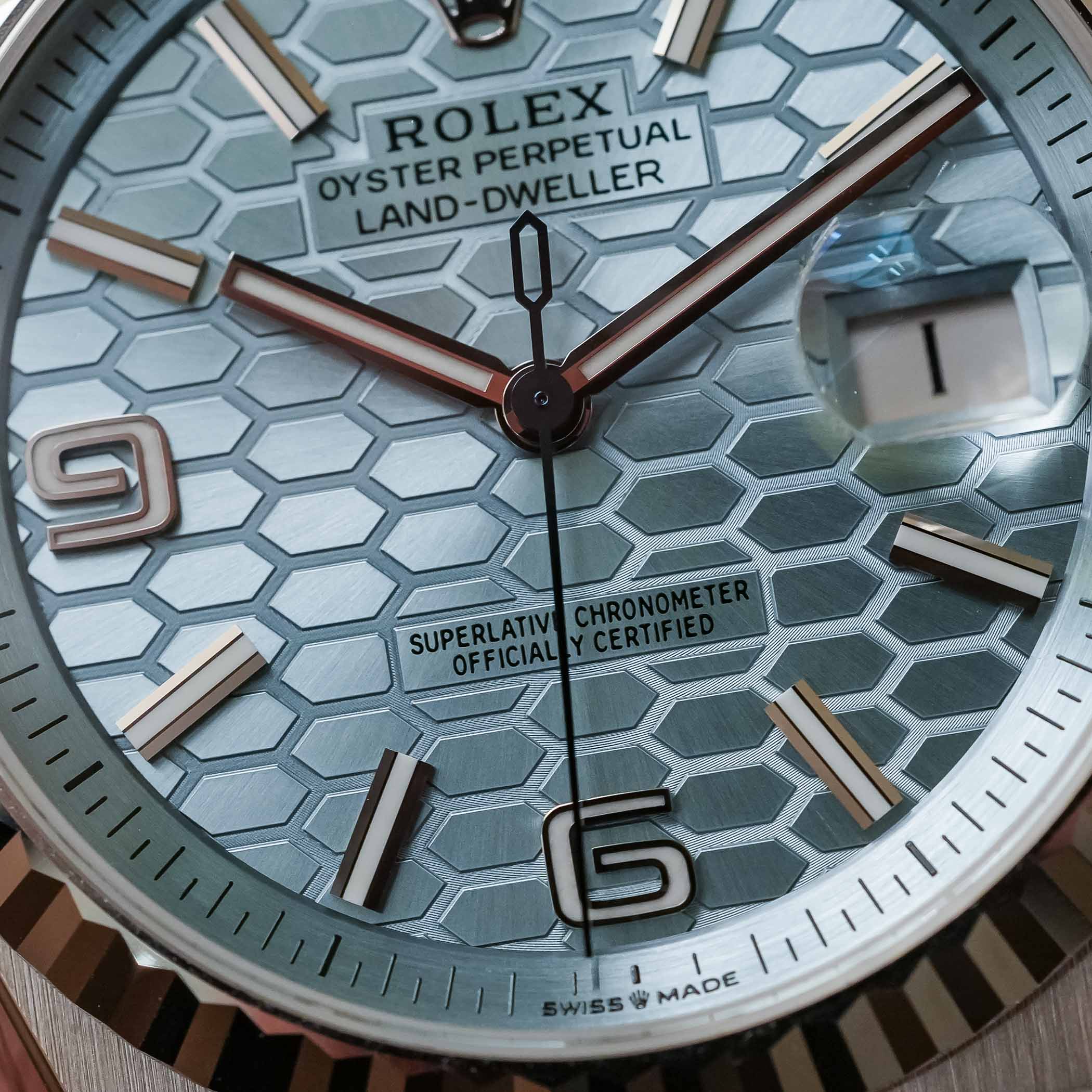


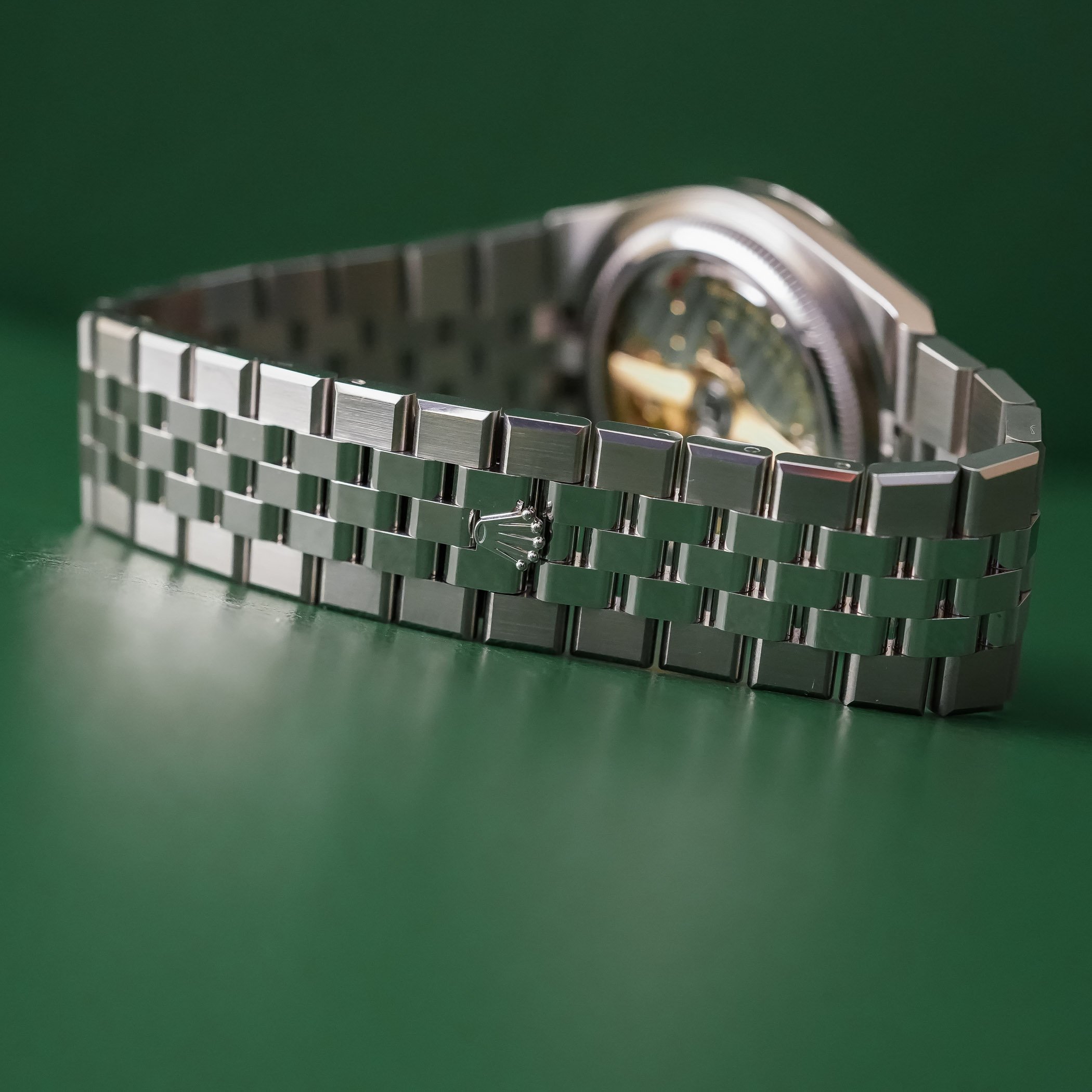




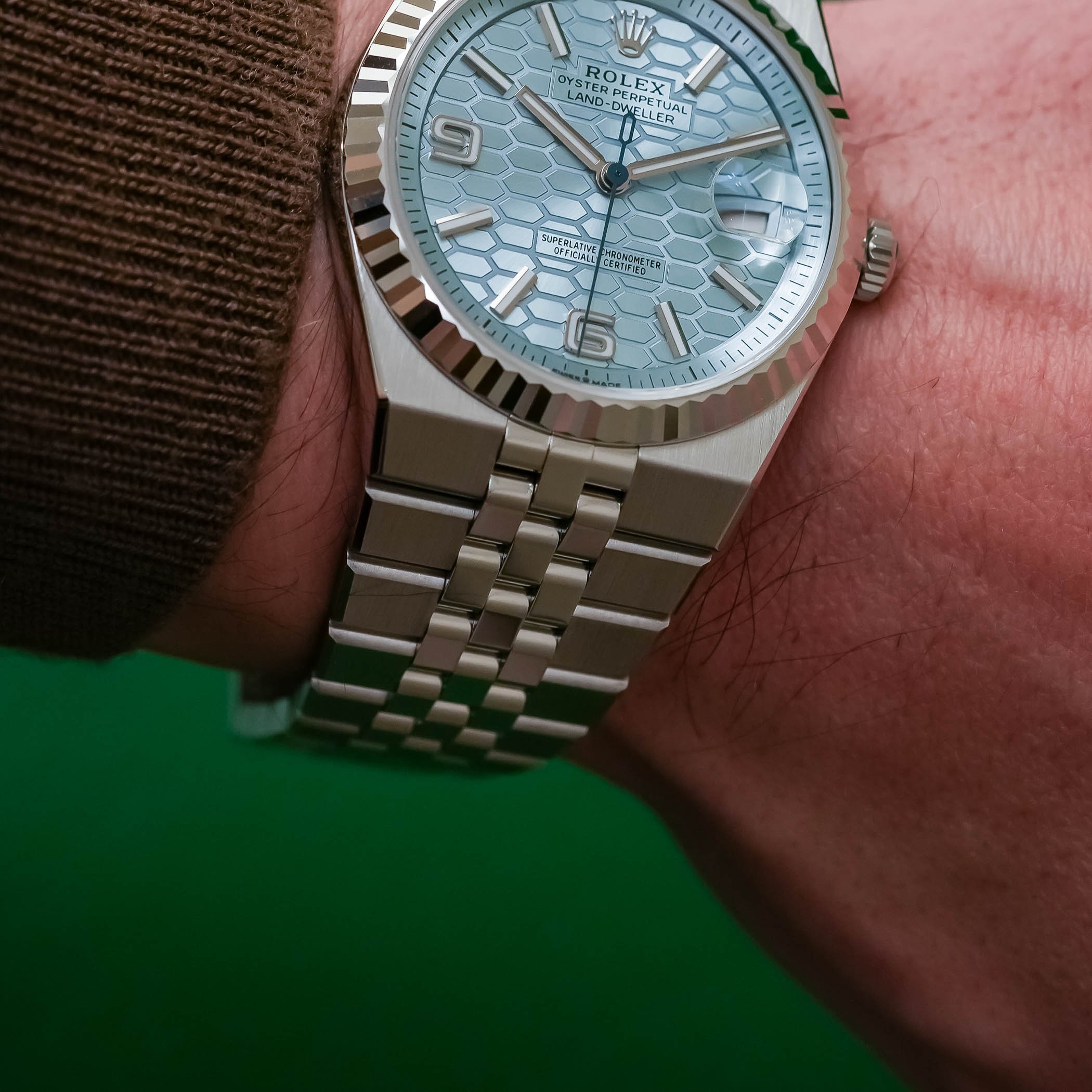







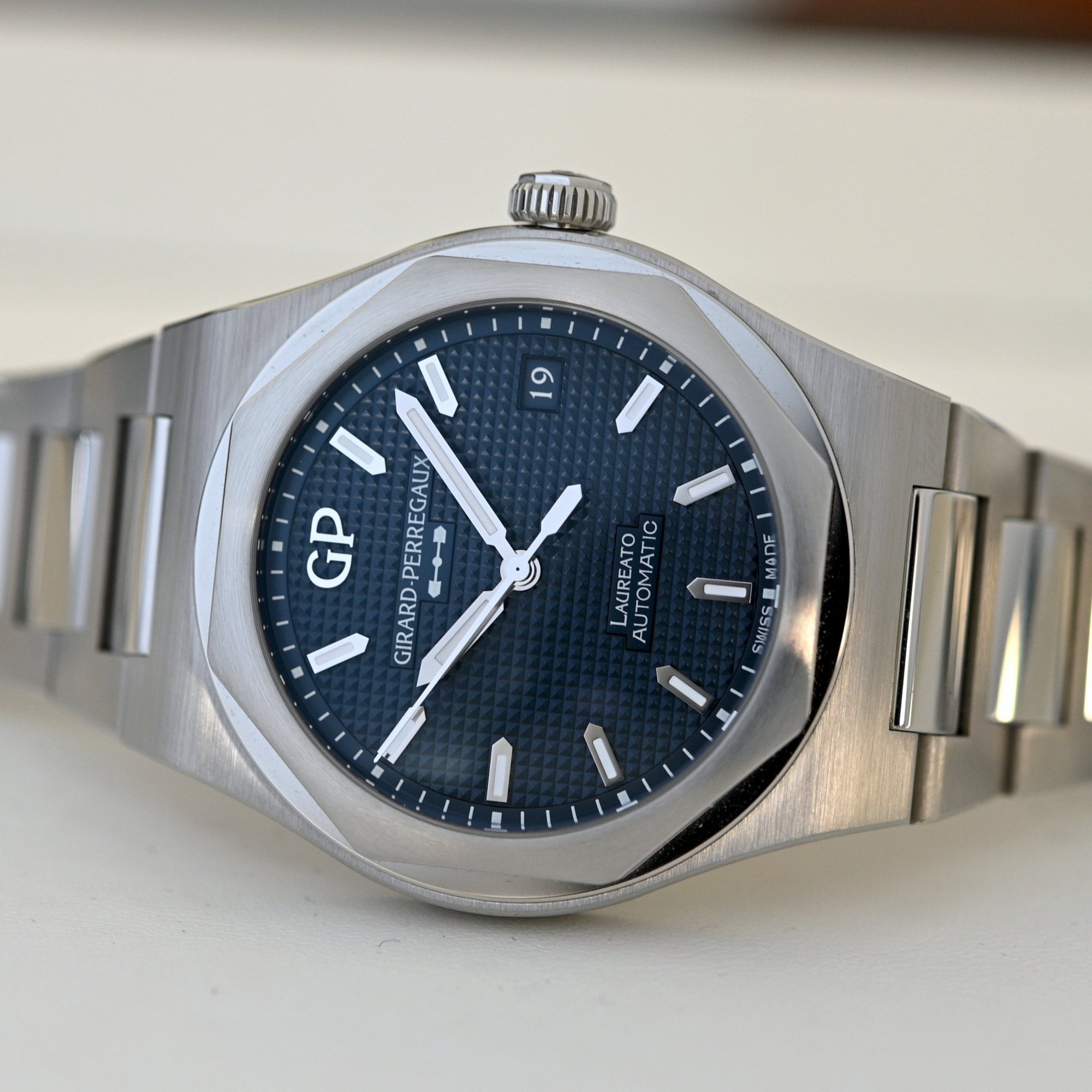
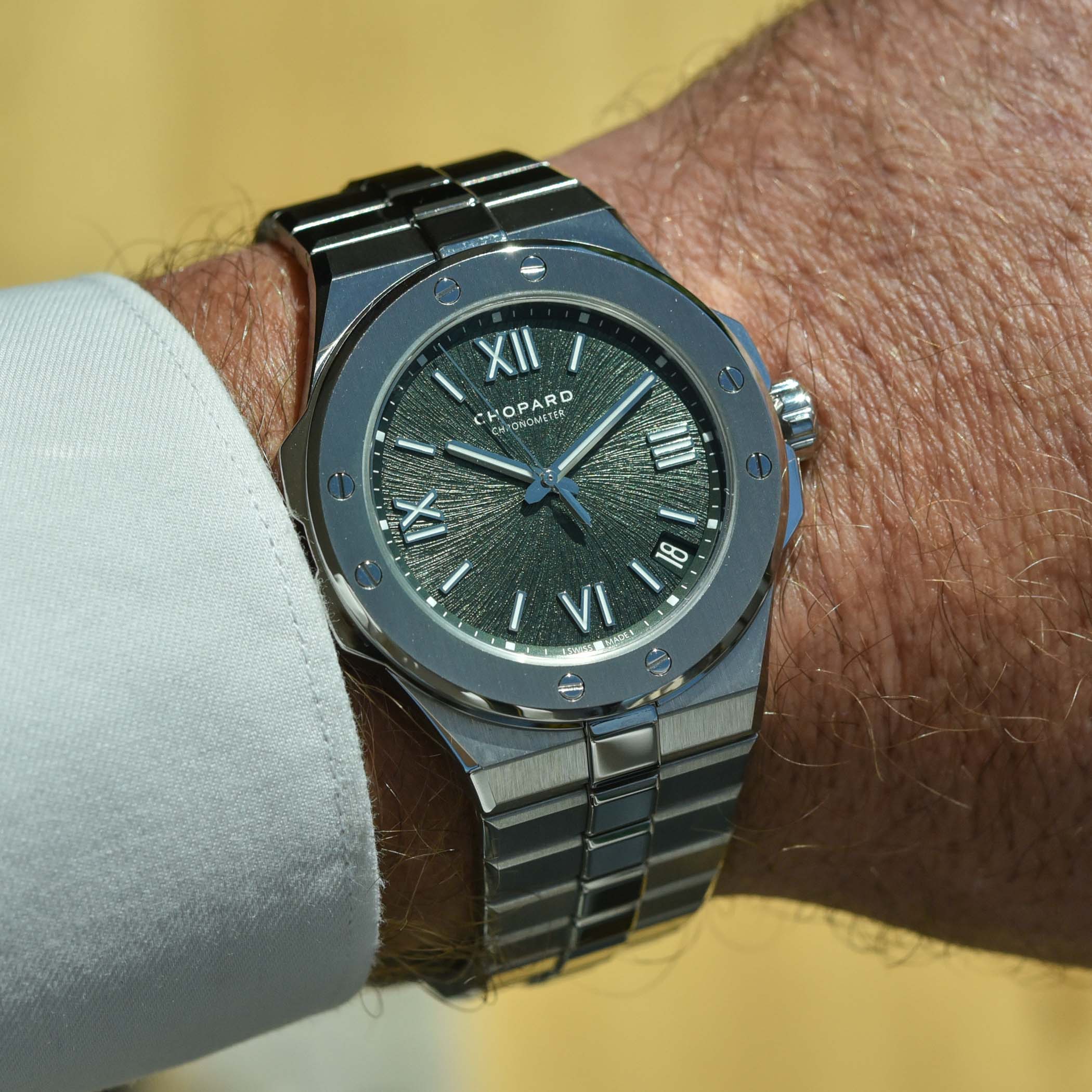




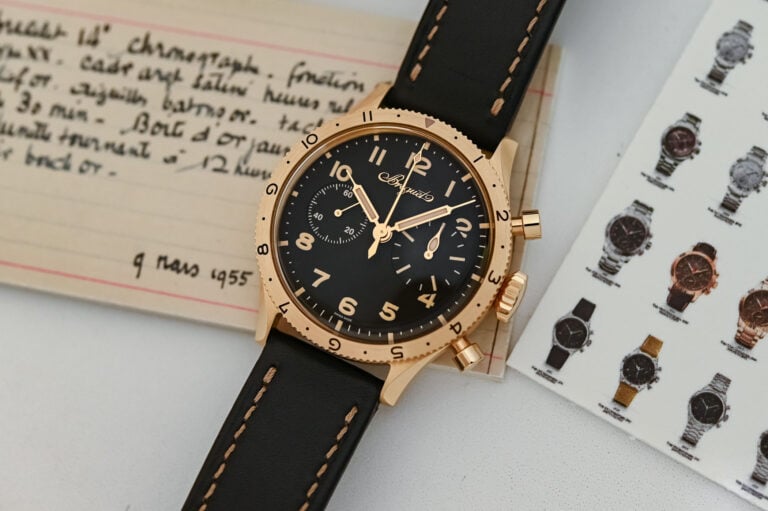
8 responses
There is a very similar Tissot for a sensible price. It is technically on par because it will tell you the time just as well, it is optically neater and more cultivated. It has more history because the brand is much older. For bragging, you’ll be better off with a Mille or some tigered Rolex of Franck Muller.
Glad to see the imposition of tariffs on the swiss watch industry. Hope the tariff will stay in place. To do to them what they do to us, causing the price to increase further for a watch that further won’t be made available. Ha! Here’s hoping the added costs turn some consumers away from these skunks! If for nothing more than just on principle alone.
Agreed about the dial. Needs either plain dial or plain bezel. It’s all too busy.
For those above mentioning the PRX, that’s a watch based off of the Oysterquartz, which itself used the case of the 1530/1630, which the Land Dweller is based on. In other words, the Rolex came first.
Excellent article! Fascinating to read about the number of flutes on the bezel. There was something about it that I couldn’t put my finger on – that may well be it. As someone who isn’t a fan of the fluted bezel, I’m keen to see how the watch would/will look with a smooth bezel… and a range of different dials for good measure 👌
In my specific case, I have a DJ41, a Bulgari Octo and several Tudors (Monohrome, 58, GMT, Pelagos). Where does a land dweller fit in? Why would one want or need one? It veers between busy and dull. The bracelet looks like the underside of a conventional jubilee, and the bezel with fewer cuts is a bit “uncanny valley”. A day-date 40 in rose gold looks/wears so much better. Its all a bit Restomod.
Everything You Need to Know About the Rolex Land-Dweller: 1. Way overpriced. 2. At my age, to be placed on a waiting list when my time on planet earth is limited is absolutely ridiculous. Hence, I’m sticking with Longines, Oris, Christoper Ward perhaps Bell & Ross and even Cartier watches which are reasonably priced and available immediately.
Everything You Need to Know About the Rolex Land-Dweller. 1. Way overpriced. 2. At my age being placed on a waiting list is absolutely ridiculous. Hence, the options for me is to purchase, Longines, Oris, Christopher Ward watches including Cartier and Bell and Ross watches, which for the most part are reasonably priced and available now not years from now….plus, I don’t buy in to the Rolex Snob Appeal stuff.
On the subject of tariffs, actually Switzerland imposes 0% tariffs on US industrial goods (which includes American watches). The figures presented by Trump are actually calculated using the trade deficit (which have no relation to tariffs). Let us continue to have tariff free trade between Switzerland and the US, this benefits us both.